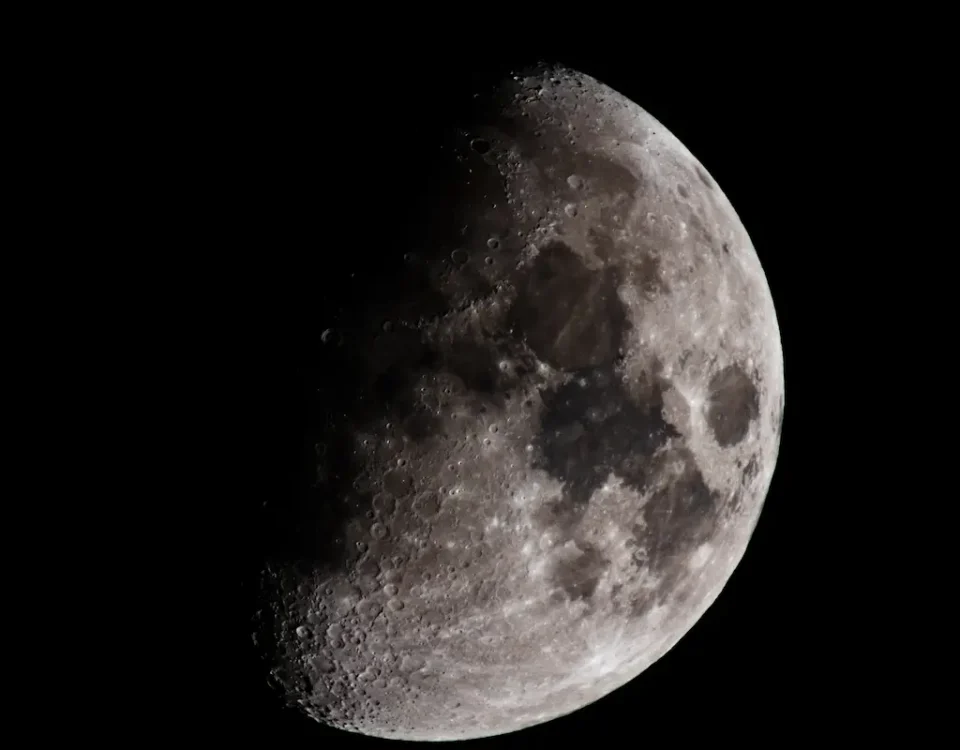
AI for Educators: Top Websites to Save Time and Enhance Learning
September 2, 2024
The Best STEM Gifts for this Holiday Season
November 12, 2024Hello all! It’s that time of year again. I’m talkin’ about HALLOWEEN! Just like last year, I have even more spooky STEM facts that will make you quiver in fear! So once again, grab your candy, shut off the lights, and prepare to be petrified … with MORE spooky STEM facts:
Don’t freak out … but there’s a spooky skeleton inside of you RIGHT NOW:
The human skeleton is made up of 206 bones, all made of protein, collagen, and minerals (especially calcium). Our skeletons help to support our bodies, protect our organs, and even serve as a way to store minerals for later use. The marrow inside of our bones is responsible for producing and storing red and white blood cells. So make no bones about it: your skeleton is both spooky and essential to the health of your body.
MORE Pumpkins Facts:
 Ah, yes, the pumpkin. The Christmas tree of Halloween … kind of. I have even more pumpkin facts for you this year:
Ah, yes, the pumpkin. The Christmas tree of Halloween … kind of. I have even more pumpkin facts for you this year:
- Last year we informed you that pumpkins are actually fruits, not vegetables, but did you know that pumpkins are also classified as berries? Yep, pumpkins are a type of botanical berry called a “pepo.” All fruits in the gourd family are pepos.
- More of a personal fun fact, but when I was a little kid, I couldn’t say the word “pumpkin,” so I called them “tumpas.”
- Pumpkins are high in beta carotene, a plant pigment that gives pumpkins their vibrant orange color. When ingested, the human body turns beta carotene into vitamin A, which is great for eye and skin health and supports the immune system!
- The first jack-o-lanterns weren’t pumpkins at all; they were turnips. The jack-o-lantern finds its origins in 19th-century Ireland and Britain, where vegetables like turnips were hollowed out and carved to have scary faces. When Irish immigrants came to North America in the midst of the great potato famine, they found pumpkins to be much easier to carve, and the rest is history.
- If you want to really feel like you have a green thumb, try your hand at growing pumpkins. They are very, very easy to grow. A couple months ago, my mom tossed some old seeds out on the back porch for the birds to eat. A pumpkin seed somehow made it to the edge of the porch and started growing REALLY fast. I mean, look at this pumpkin (pictured). Look how perfectly round it is! Zero work required. Astounding.
Hundreds of thousands of galaxies, including our own Milky Way, are being pulled towards a mysterious point in space:
You’ll probably see lots of Milky Way candy bars (among others) this Halloween. However, this is in reference to our galaxy, the Milky Way. It is located in the Laniakea Supercluster of galaxies along with about 100,000 other neighboring galaxies. In the 1980s, astronomers discovered something strange: it appeared that all of the galaxies in our supercluster were being pulled by gravity toward the same location in space. Astronomers have dubbed this anomaly “The Great Attractor,” and the movement of matter towards this region in space is referred to as “dark flow.” The thing is, we aren’t entirely sure what it is.
The Great Attractor is located somewhere between 150 and 250 million light-years away from Earth, in the direction of the Centaurus and Hydra constellations. Unfortunately, this means that it lies in the direction of the Milky Way’s galactic plane, making it very difficult for astronomers to study this region of space, as the stars and interstellar dust in the disk of our galaxy block much of the light behind it. Fun Fact: This region of the sky is known as “The Zone of Avoidance.” Spooky, right?
Astronomers have calculated that the Great Attractor must have a mass of a million, billion suns. While it’s tempting to frame it as some mysterious and ominous entity, in all likelihood, the Great Attractor is probably just the cosmic same old, same old: hundreds of thousands of more galaxies making up the center of mass of our Laniakea Supercluster. But who knows? Maybe it’s something spooky after all. Further study is needed. If you see a Milky Way chocolate bar slowly floating out of your candy sack this Halloween, let me know.
Vampire Bat Facts:
Nothing quite says “Halloween” like vampires and bats. So here are some interesting facts about vampire bats:
- Whereas most species of bats eat things like insects, nectar, and fruit, vampire bats feed almost exclusively on the blood of mammals and birds. Contrary to popular belief, vampire bats do not suck blood from their hosts; they make a small incision with their teeth and lap up the blood with their tongue.
- Vampire bats have fewer teeth than other bat species because they don’t have to chew their food!
- Vampire bats are native to Central and South America. They like to live in caves, mines, tree hollows, and abandoned buildings.
- You might think of bats as being icky, dirty little creatures, but bats are meticulous groomers! All species of bats engage in social grooming and self-grooming, but the rate of social grooming among vampire bats is about 14 times higher than any other bat species. Bat teamwork makes the bat dream work.
- Vampire bats are thoughtful. If a vampire bat is unable to find food, other vampire bats within the colony will feed them by regurgitating blood. Isn’t that sweet?!
So, was that scary or what? Who knew STEM could be so spooky? Happy Halloween!
– Dr. Jake Roark




